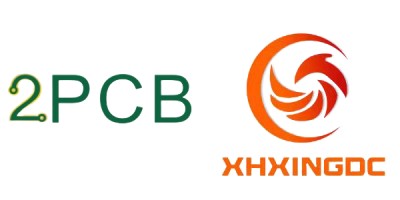Metal-Oxide-Semiconductor Field-Effect Transistor, referred to as MOSFET is a field-effect transistor that can be widely used in analog circuits and digital circuits. In power supply design, MOSFET is often the most overlooked electronic component by engineers.
MOSFET is an essential electronic component in power supply design. Most engineers’ use of MOSFET generally stays at some basic parameters of MOSFET components, such as Vds, Id, Rds (on), and component packaging. But in fact, MOSFET components still have many important parameters that need to be carefully considered and confirmed, including Ciss, Coss, EAS, Ptot, Trr, SOA, Crss and other parameters. These parameters have an extremely important impact on the performance, stability, and lifespan of power supply products.
Main parameters of MOSFET
1. VDS, the drain-source voltage, is a limit parameter of MOSFET, indicating the maximum voltage that the MOSFET can withstand between its drain and source. It should be noted that this parameter is related to the junction temperature. Generally, the higher the junction temperature, the largest value will be.
2. RDS (on), drain-source on-resistance, which represents the on-resistance between the drain and source when the MOSFET is turned on under certain conditions. This parameter is related to the MOSFET junction temperature and the driving voltage Vgs. Within a certain range, the higher the junction temperature, the greater Rds; the higher the driving voltage, the smaller Rds.
3. Id, drain current, drain current is usually described in several different ways. This parameter is also a limiting parameter of MOSFET, but this maximum current value does not mean that the drain current can reach this value during operation. It means that when the case temperature is at a certain value, if the MOSFET operating current is the above-mentioned maximum drain current, the junction temperature will reach the maximum value. Therefore, this parameter is also related to the device packaging and ambient temperature.
4. RDS (ON) is the resistance between D and S when the drain D and source S of the field effect transistor FET are turned on. ON means turned on.
5. Qg, gate charge, is the charging charge required to increase the gate voltage from 0V to the termination voltage (such as 15V) under the action of the drive signal. That is, the charge that the drive circuit needs to provide when the MOSFET goes from the off state to the fully conductive state is a main parameter used to evaluate the drive capability of the MOSFET’s drive circuit.
6. Eoss, output capacitance energy, indicates the amount of energy stored in the MOSFET by the output capacitance Coss. Because the output capacitance Coss of MOSFET has very obvious nonlinear characteristics, it changes with the change of Vds voltage.
7. Vgs, the maximum drive voltage of the gate and source. This is also a limit parameter of MOSFET, indicating the maximum drive voltage that the MOSFET can withstand. Once the drive voltage exceeds this limit, the gate will be oxidized even in a very short period of time. layer causing permanent damage.
8. Ciss/Coss/Crss
Ciss=Cgs+Cgd This is the gate input charge capacity in the off state, including the sum of Gate terminal to source terminal and +Gate terminal to Drain terminal.
Coss=Cds+Cgd This is the sum of the charge capacities from the Drain terminal to the Source terminal, which can also be said to be the reverse bias voltage capacity of the parasitic diode.
Crss=Cgd This is the charge capacity from Gate terminal to Drain terminal. This parameter has a greater impact on high-frequency switching actions.
9. SOA, safe operating area. Each MOSFET will give its safe operating area. Different bipolar transistors, power MOSFETs will not show secondary breakdown, so the safe operating area simply causes the junction temperature to reach the maximum allowable value. Definition of dissipated power at .
10. BUDS, drain-source breakdown voltage. It refers to the maximum drain-source voltage that the field effect transistor can withstand when the gate-source voltage UGS is constant. This is a limiting parameter, and the operating voltage applied to the field effect transistor must be less than BUDS.
11. PDSM, maximum power dissipation. It is also a limit parameter, which refers to the maximum drain-source power dissipation allowed without deteriorating the performance of the field effect transistor. When used, the actual power consumption of the field effect transistor should be less than that of the PDSM and leave a certain margin.

